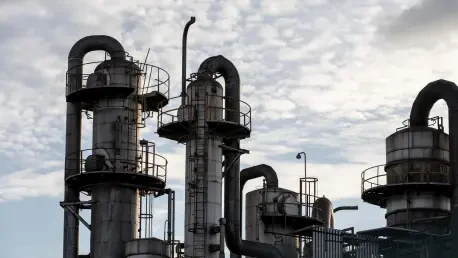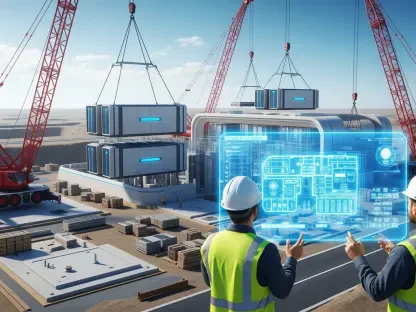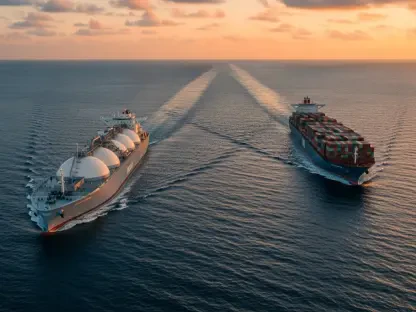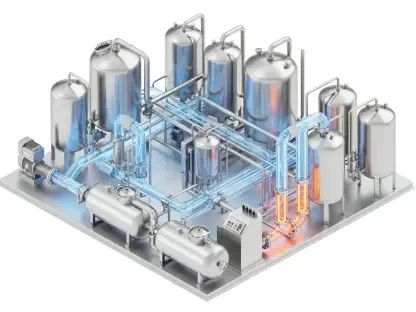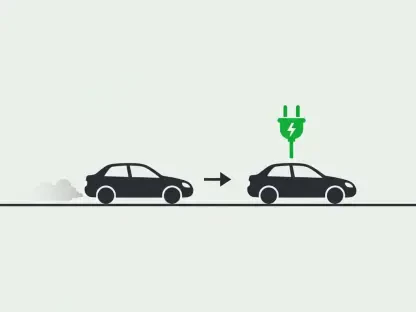I’m thrilled to sit down with Christopher Hailstone, a renowned expert in energy management and utilities, with a deep focus on grid reliability, security, and the evolving landscape of energy infrastructure. With his extensive background in renewable energy and electricity delivery, Christopher brings unparalleled insights into the liquefied natural gas (LNG) sector. Today, we’re diving into the latest developments surrounding NextDecade’s Rio Grande LNG project in Texas, exploring the financial, regulatory, and strategic dimensions of this ambitious endeavor. Our conversation touches on the significant investments fueling the project, the critical role of new liquefaction facilities, and the broader implications for the U.S. as a global LNG leader.
Can you walk us through the recent financial backing NextDecade has secured for their Rio Grande LNG project, particularly for the fourth liquefaction plant?
Thanks, Ava. NextDecade has recently landed a substantial equity commitment of up to $1.8 billion for what’s known as Train 4 at their Rio Grande LNG export facility in Texas. This funding comes from two major players: TotalEnergies, which is investing about $300 million for a 10% stake in the Train 4 joint venture, and Global Infrastructure Partners (GIP), which is putting in up to $1.5 billion for a 50% interest—though that stake could drop to 30% once certain return thresholds are met. NextDecade itself, through its subsidiaries, is contributing up to $1.2 billion for a 40% interest, with the potential to increase to 60% after GIP hits those agreed returns. This financial structure is a critical step toward making a positive final investment decision for Train 4, bringing the project closer to reality.
Why is Train 4 such a pivotal component of the Rio Grande LNG facility, and how does it fit into the bigger picture?
Train 4 is a cornerstone for expanding the Rio Grande LNG project’s capacity and impact. It’s designed to produce 5.4 million metric tons per annum (mtpa) of LNG, which significantly boosts the facility’s overall output. The entire Rio Grande LNG complex currently has a capacity of 17.6 mtpa, and with Train 4—along with the proposed Train 5—adding a combined 10.8 mtpa, we’re looking at a major leap in export potential. Beyond numbers, liquefaction plants like Train 4 are essential because they convert natural gas into a liquid form, making it feasible to transport over long distances via specialized tankers. This capability is what allows the U.S. to maintain its position as the world’s leading LNG exporter, meeting global energy demands.
What’s the latest on the regulatory front for Train 4, especially regarding environmental approvals?
On the regulatory side, NextDecade is awaiting a final order on the remand from the Federal Energy Regulatory Commission (FERC). The good news is that FERC has completed the final environmental impact statement, and just recently, their staff recommended that the project be allowed to proceed. Based on FERC’s published schedule, NextDecade anticipates a final decision by November 20. This step is crucial because regulatory approval ensures the project aligns with environmental standards and can move forward without legal or compliance hurdles, which are often significant in large-scale energy infrastructure developments.
Could you elaborate on the construction plans for Train 4 and any challenges tied to the timeline?
Absolutely. NextDecade has secured a fixed-price contract for the construction of Train 4 with Bechtel, a well-known name in energy infrastructure, for $4.77 billion. However, there’s a catch—the price is only locked in until September 15. If that deadline passes without a finalized agreement or start to construction, costs could escalate, which adds pressure to wrap up financial and regulatory loose ends quickly. Meeting this timeline is critical to avoid budget overruns, a common risk in projects of this scale, and it underscores the urgency of aligning all stakeholders in the coming weeks.
How does TotalEnergies’ role in Train 4 go beyond just financial investment, and what does it signal about their strategy?
TotalEnergies isn’t just a financial partner here; they’ve also committed to a long-term agreement with NextDecade to purchase 1.5 million metric tons of LNG annually from Train 4. This offtake agreement is a strong signal of confidence in the project’s viability and ensures a steady demand for the output. However, it’s interesting to note that they’ve chosen not to invest in or sign a long-term contract for the proposed Train 5. This could suggest a more cautious approach, perhaps wanting to see how Train 4 performs or focusing their resources on other global opportunities. It reflects the strategic balancing act major energy companies often face between risk and expansion.
What are NextDecade’s overarching ambitions with the Rio Grande LNG facility, and how do they align with global energy trends?
NextDecade’s vision for the Rio Grande LNG facility is to solidify the U.S. as the dominant player in the global LNG market. By expanding capacity through projects like Trains 4 and 5, they’re not only increasing export volumes but also responding to the growing international demand for cleaner-burning fuels as countries transition away from coal and oil. The U.S. has a strategic advantage with its abundant natural gas resources, and facilities like Rio Grande are pivotal in leveraging that to meet energy security needs worldwide. This aligns with broader trends of decarbonization and the push for reliable, lower-emission energy sources, positioning NextDecade at the forefront of this shift.
Looking ahead, what is your forecast for the future of LNG export projects like Rio Grande in the U.S. energy landscape?
I’m optimistic about the trajectory of LNG export projects like Rio Grande, though challenges remain. The U.S. is well-positioned to maintain its leadership in LNG exports, driven by projects that expand capacity and improve efficiency. However, the industry will need to navigate regulatory complexities, geopolitical shifts affecting global demand, and the increasing scrutiny on emissions—even from cleaner fuels like natural gas. I expect we’ll see more innovation in carbon capture and sustainable practices integrated into LNG facilities to address environmental concerns. Over the next decade, projects like Rio Grande could set the standard for balancing energy security with sustainability, provided they adapt to these evolving dynamics.
